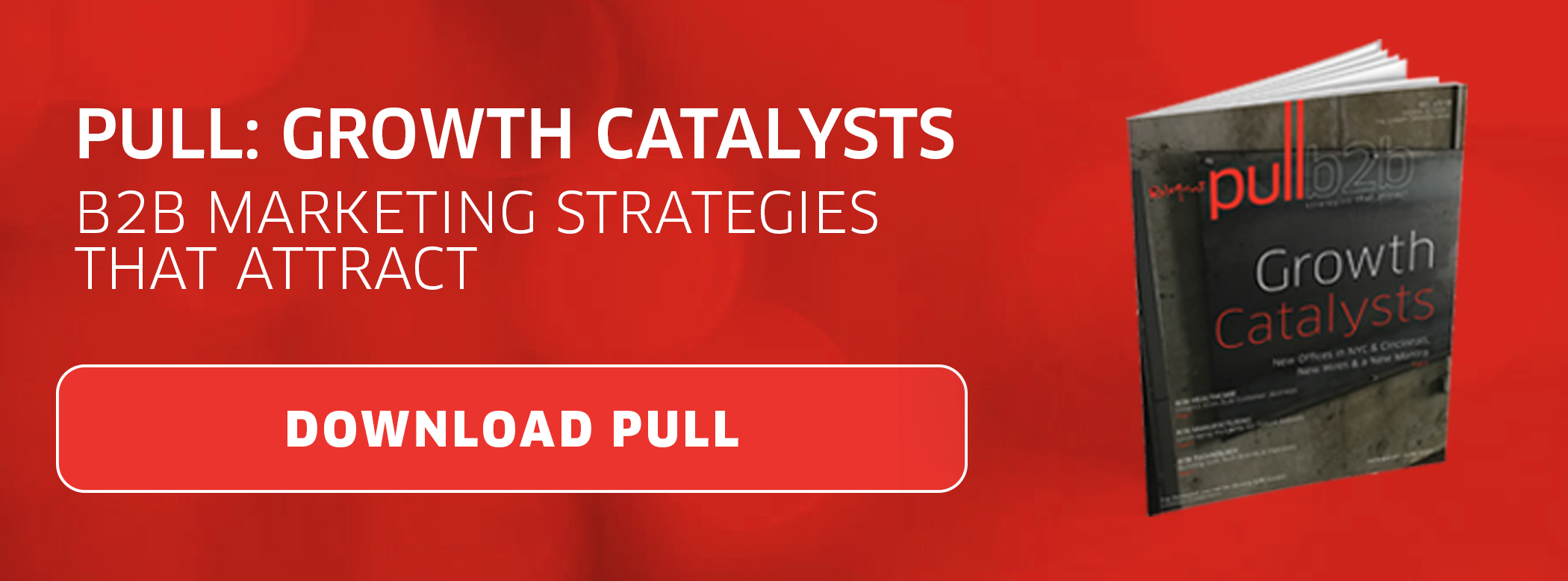 Your gated content is high quality, your landing pages are optimized, your CTAs are compelling. But there’s just one problem: Hardly anyone is filling out your forms.
Your gated content is high quality, your landing pages are optimized, your CTAs are compelling. But there’s just one problem: Hardly anyone is filling out your forms.
So what do you do? The answer is simple: Revisit your buyer persona and create a better form.
Progressive Profiling & Smart Forms
Getting form conversions starts by reducing friction between the prospect and the form by eliminating repetitive questions and allowing for a shorter form.
Progressive profiling with smart forms lets you choose the fields that are displayed based on the persona of the site visitor, and refines those fields by not showing ones that ask for information supplied by the visitor in a previous conversion. It also saves more sensitive requests for later in the buyer’s journey, after you’ve had time to build trust.
With this technology readily available across several content platforms, the key is to know when and where to ask for what information. Again, we turn to your buyer persona.
Prioritize Your Questions
Aside from names and contact information, make a list of all the data you want from each persona, based on your buyer persona research, to help you qualify them. Then organize that list in order of how important that information is to you, and how sensitive the prospect might find that information.
Use your first questions to make sure you’ve got your leads attached to the right personas and therefore the proper workflows. If your buyer persona is robust and current, it should illuminate which pieces of information are the most telling.
Will the prospect’s job title help you sort out key decision makers from decision influencers? Are your personas based on industry type? How important is the company size to your solution? Ask these questions as early as possible.
Speak to Your Personas
Once you’ve confirmed that your leads are attached to the right persona and workflow, refer to your persona’s key pain points. Use your smart form fields to ask questions that will provide what you need to qualify them while also showing the prospect that you’re speaking directly to them, even if it’s just changing the phrasing of your questions based on the persona. For example, if your form is intended for a healthcare audience, make sure your fields refer to their practice, rather their company.
Ask questions that will help you properly address that persona’s pain points at their current location in the sales cycle and in your future marketing efforts. What nurturing content do you have ready for these contacts, and which questions would reveal what they want to hear? You can use forms to find out about specific challenges they’re facing so you follow up with content that discusses potential solutions.
Focus on the Prospect
When you’re creating your forms, remember that you’re still marketing to real people, even if you’re a B2B business. Put yourself in their shoes, ask relevant questions and give them an opportunity to share their challenges with you so you can learn how you can best solve them — and reap the rewards of qualified leads in the process. ![]()







 By
By 
